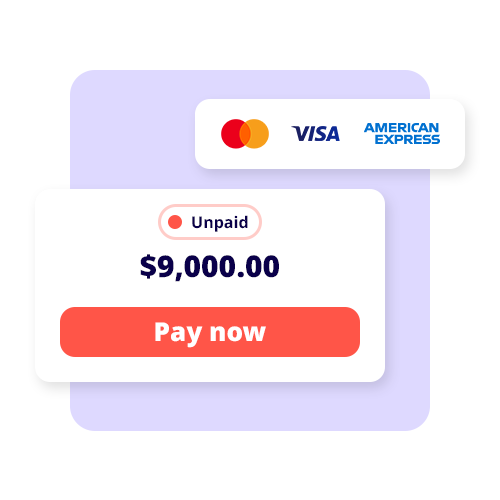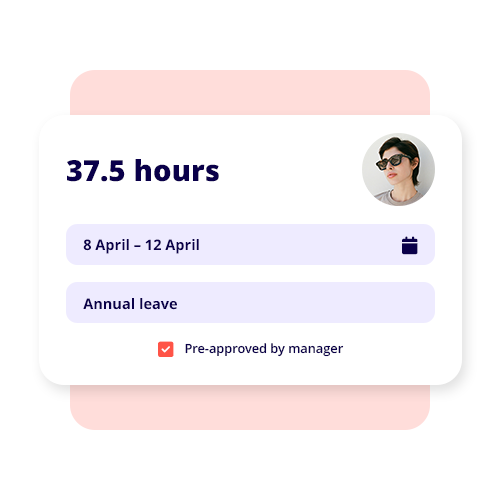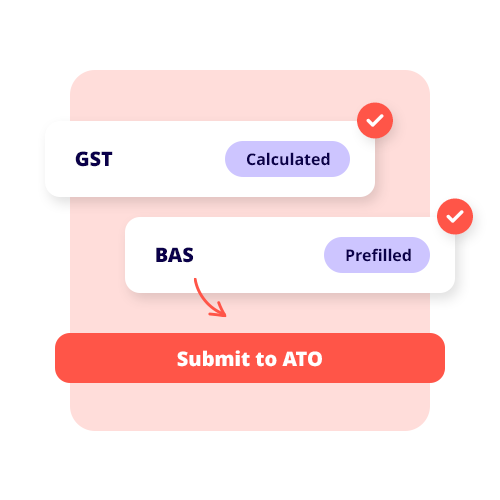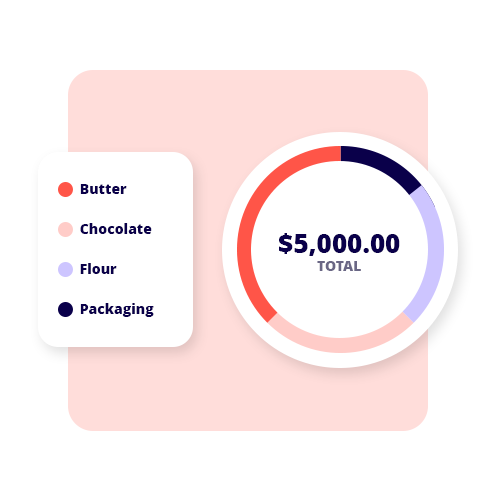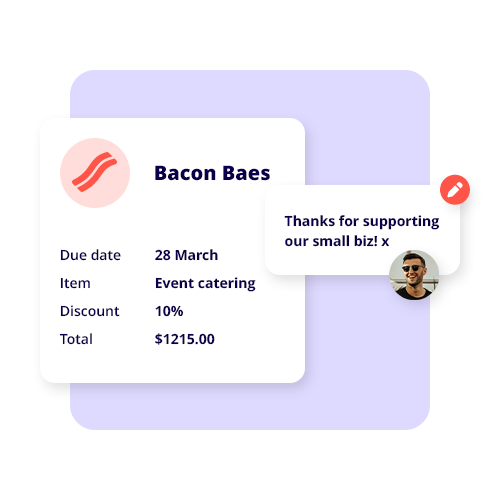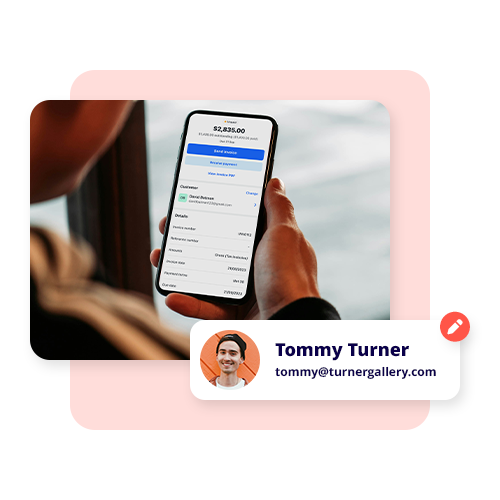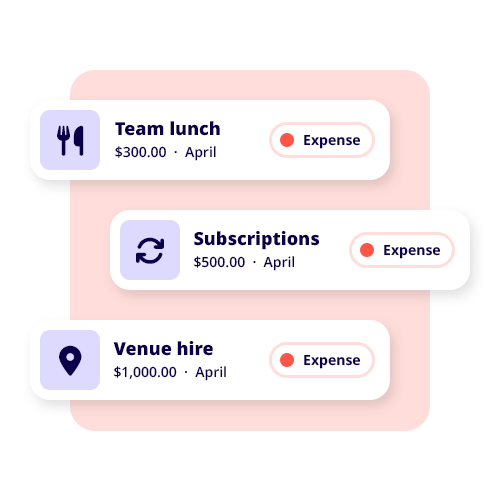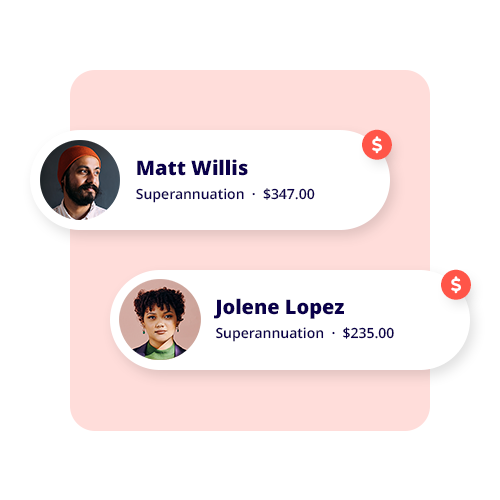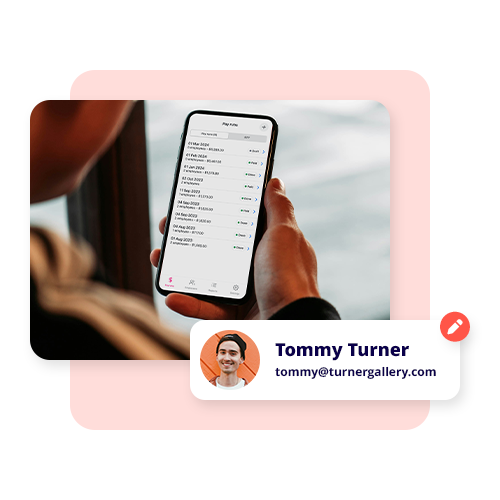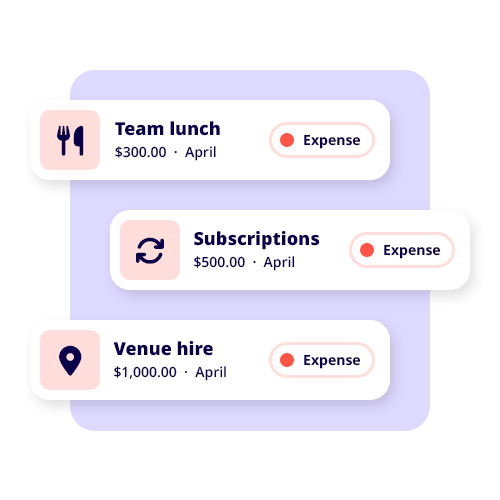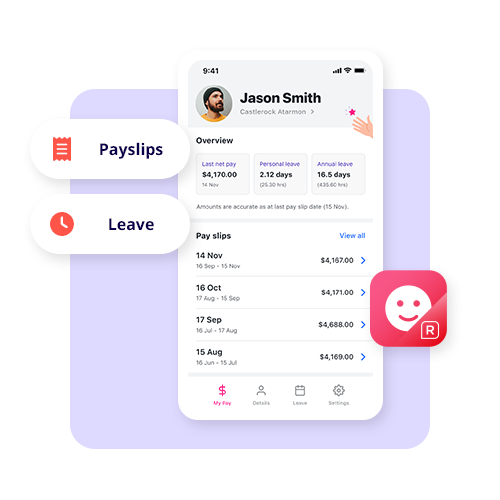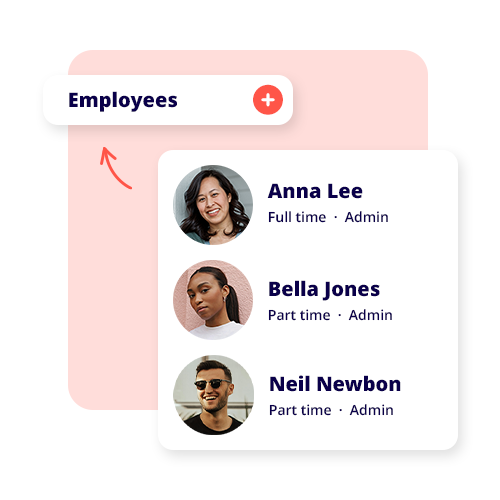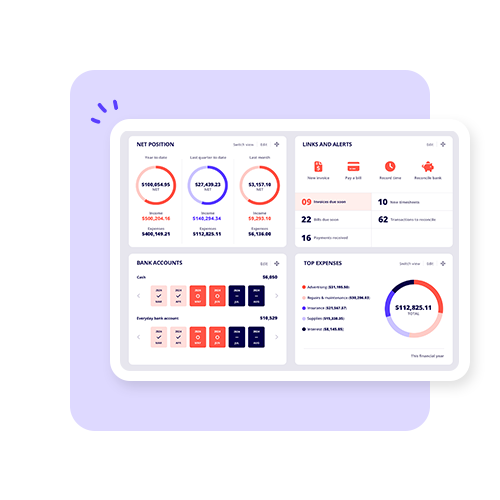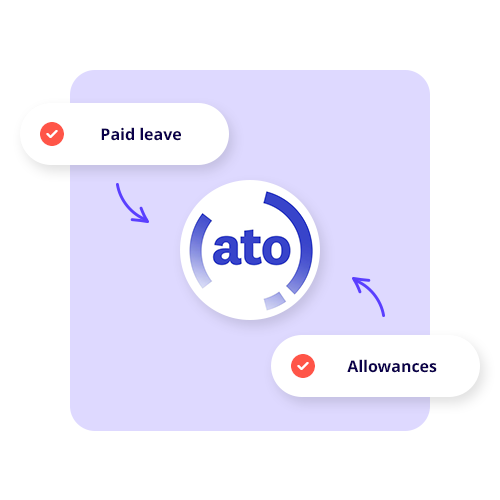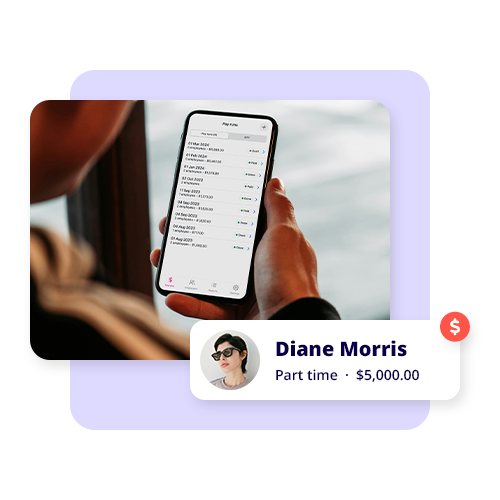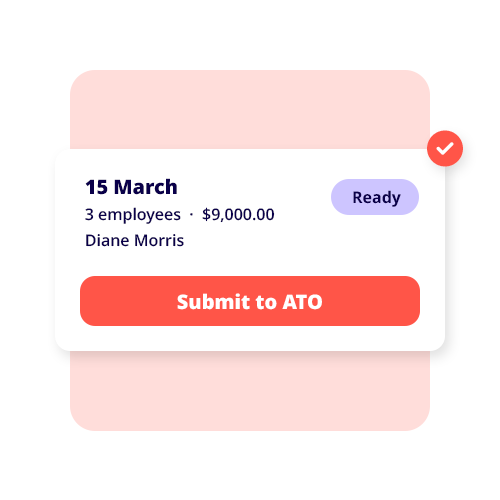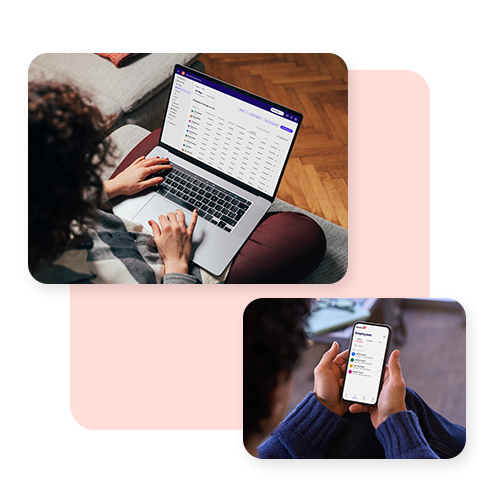A purchase order (PO) is a commercial document between a buyer and seller that signals the intent to purchase goods and services.
POs are a legal, agreed-upon commitment; if a business needs an item from its supplier, it sends a purchase order to the supplier to fill, the supplier delivers and fulfils the order, and the business reconciles the item into its system.
Why are purchase orders important?
Purchase orders play an important role for any business that deals with suppliers, is a supplier themselves, and/or requires inventory management. Purchase orders facilitate the process in which an item is requested, approved, delivered, and fulfilled for a business. That item or service is then properly tracked, recorded and reconciled for a final transaction as an invoice from supplier to purchaser.
Without purchase orders, a business’s accounting and internal operating procedures, which rely on the purchasing system, would cease to function. For example, let’s look at a fitting and turning business. Fitters and Turners are specialised trades in machinery engineering, which require specific ordering when completing a job.
If this business is contracted for a job that requires them to maintain and upgrade a client’s machinery, they would need to be able to track the necessary parts. This business would include the cost of parts in its service invoice. Without a proper purchasing order system, this business will struggle to keep track of job costs and the items necessary for projects and justify the final invoicing costs to its clients.
Purchase orders are part of a business’s accounting and internal procedures, which allow their services to run efficiently and correctly.
Purchase order vs Invoice
While similar, purchase orders and invoices are different as they come at different points of a transaction.
As we have established, a purchase order is a legal document businesses use to procure an item or service. When using a PO, a business signals to its supplier its commitment to filling and paying for an order.
An invoice is a transactional document businesses use to pay for goods and services. In the context of purchase orders and invoices, a business that receives a PO and fulfils it would then convert the PO into an invoice and send it to the purchaser.
Types of purchase orders
Purchase orders come in different types depending on the business’s situation and process.
Standard purchase order
The standard purchase order (PO) is the most common type implemented by businesses. It is used when procuring an item with specific details.
Standard POs are very detailed as they adhere to a business’s specific goods and services procurement policy.
Planned purchase order
A planned purchase order (PO) is similar to a standard PO, but excludes delivery dates and delivery locations. A business would use planned POs to fulfil a job on an ongoing basis.
Say a construction company is completing a building and projects that it needs a certain amount of supplies, but the company doesn’t require all the materials at once. The date isn’t set as the company uses a set amount of materials and then releases another request for more as the job progresses.
Blanket purchase order
A Blanket purchase order is the same as a planned PO but excludes quantities. This type of PO is used for businesses that require steady supplies of goods and services, but the amount is determined closer to delivery.
Take, for example, a printing factory. The ink supply needed for the factory machines is determined by the total number of jobs the business is contracted to.
Contract purchase order
A contract purchase order (PO) is a long-term agreement with specific arrangements between purchasers and suppliers. It can incorporate part or all characteristics as standard, planned, or blanket POs.
In contract POs, you typically see discounts for the buyer and seller benefiting from ongoing business.
Purchase order process

To fulfil the purchasing process, there are 5 Steps to follow:
1. Identify item need
If you have an upcoming project or job, you will know all the details and what is required to complete it.
If you have inventory and see that you are low on a particular item, you will flag that item to purchase from your supplier.
2. Purchase requisition & approval
You may need to seek permission or approval to purchase the item in your procurement process. This is particularly important for your employees to follow.
Once the item has been approved for purchase, a purchase order can be created.
3. Create purchase order & submit
With approval, a purchase order is created by hand or software. Most accounting software can produce digital purchase orders. Once created, the document can then be sent to supplier for fulfilment.
4. Order fulfilment
When your business receives the items or services as part of the purchase order, you can then mark the order as fulfilled and move on to reconciling your system.
5. Order
You will update your accounting or inventory management system with the item or service received. Some accounting systems can convert supplier POs into invoices for the buyer. The seller then sends an invoice for payment after delivery.
Purchase order details
Purchase orders are a standard document in the procurement process. There are a number of details that your purchase order should show:
- Purchase order number/PO number
- Purchase order date
- Business address
- Vendor information
- Order details
- Total unit cost summary
- Shipping costs
- Payment terms
- Delivery dates and terms
- Terms and conditions
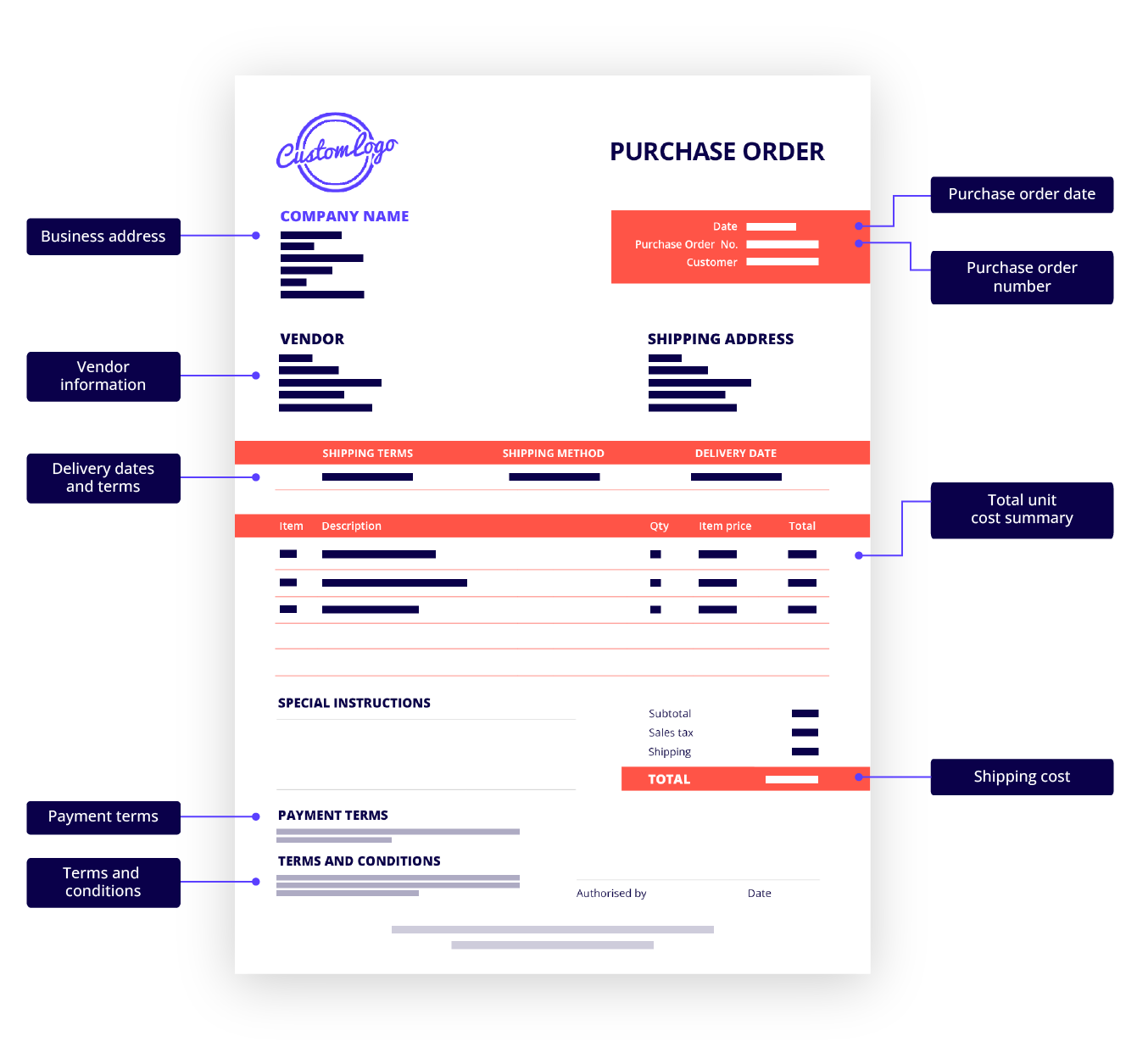
Purchase orders and your business
The use of POs is just part of a business’s wider internal processes. Your internal procedures are strengthened as POs represent a key reference point in item procurement. You can track jobs, and of course, your accounting team can review payments by matching the invoice against the purchase order.
POs are also considered a legally binding contract. This can act as legal protection for the buyer and seller if any issues arise. You legally cover yourself in the event of unforeseen circumstances.
Another benefit of POs is that they allow you to easily identify ongoing business costs, which will directly impact how you review budgets and access cash flow.
Using purchase orders as part of your business needs to make sense for your operations. If you provide consultation services, then purchase orders probably aren’t required for your business. If you are part of a trade or manage inventory, then purchase orders will most likely play a big part in your operations.























